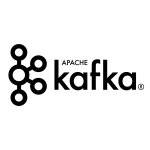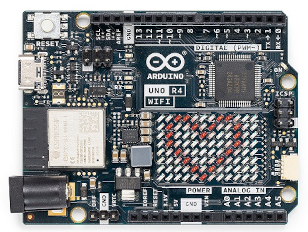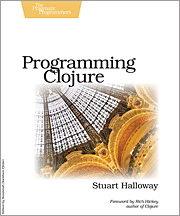-
I am studying Apache Kafka (a "distributed streaming platform") and I stubled upon this conclusion: the "disk read fear" a lot of projects have in the past, is a fake.

Read More -
Twitter il gradasso
Aug 25, 2012 · 2 min read ·C’è una cosa fantastica di Internet: se qualsiasi società prova a fare la furba, inserendo delle righe scritte in piccolo quando revisiona la sua API da 1.0 a 1.1, state certi che ci sarà almeno una persona che si leggerà tutto, troverà la fregatura e sputtanerà la summenzionata società.
E’ quello che è successo con Twitter, e Marco Arment analizza nei dettagli le “novità” della nuova Twitter API che passa dalla versione 1.0 alla 1.1.
Vi rimando all’articolo per i dettagli, ma in buona sostanza Twitter sta cercando di fare in modo che “se voi fate qualcosa di interessante con Twitter, bhe ora dovete collaborare con noi…per continuare a farlo….”:
Read More -

Windows 2000 and higher supports directory symbolic links, where a directory serves as a symbolic link to another directory on the computer. [...]Directory symbolic links are known as NTFS junctions in Windows. Unfortunately, Windows comes with no tools for creating junctions—you have to purchase the Win2K Resource Kit, which comes with the linkd program for creating junctions. I therefore decided to write my own junction-creating tool: Junction
Read More -
Sage e Mathematica, per il vostro agosto matematico
Aug 30, 2010 · 3 min read ·

Book review by Stefano Fago: This book introduce one of most interesting language of new wave of functional programming. You will find a complete overview of clojure language focusing in functional paradigm that can be the real obstacle for a standard developer. The author try to follow you on learning different subject with a lot of examples but sometimes it need more reflection and time to master some arguments and a syntax that may seems obscure. The book is a good starting point to introduce you to a new way of programming but also to learn some particulars aspect of Java. To consider a complete but not easy reading. However a book to have!
Read MoreMastering clusters of Unix machines part1: the right VM
Oct 4, 2009 · 2 min readen featured knowledgebase software · business development gioorgi internet linux ubuntu virtualization·
One day, we have the need to create a fast cluster of linux machine, specialized and easy to segragate in different networks (for better security). We need web servers, integration servers (running java hudson), huge developer machines (running for instance eclispe) and so on.
It was not easy to find a good environment. This research lead us also to consider a very huge set of different and complex management software. In this series of article, we will show what we discovered.
Or final goal is to have a way to define a set of linux virutal machines, connect them and manage all using open source software. We also want tools easy to understand. We do not want super-optimized stuff, we have the “just it works well” approach.
We thinked about these types of virtual machine: super light LAMP servers, medim sized java tomcat servers (or udson servers), big database machines and super big development machines.
Read MoreErlang Book Review
Jul 19, 2009 · 7 min readen erlang featured lang reviews software · books development erlang framework functional-programming guide http ideas internet java oreilly performance programming-languages·
After reading an interesting article on Erlang and Java interoperability, I have decided to dedicate my spare time to Erlang.
O’Reilly has just published a wonderful book on Erlang, so I decided to dive into it.
Read More
As processors become faster and multiprocessor systems become cheaper, the need to take advantage of multithreading in order to achieve full hardware resource utilization only increases the importance of being able to incorporate concurrency in a wide variety of application categories.
In this article we are evaluting a new approach to the concurrency. In the last five years computers are becoming even more parallel. Intel is pushing multi-core achiteture also on commodity personal computers. Neverless the computing power is ofter not well used: one again, hardware is a step head of our day-by-day software development. Remember when the 80286 came into light. The 286 was able to provide a multi-programming architecture but without memory management protection. We had to wait 386 hardware to see software working on preemptive multi-tasking, because software cannot cope with unprotected memory. In one word, it costs too much to develop a operating system without the new features the 80386 bring to us. What about concurrent programming? Can we look similarities in the concurrency field?
Read More

